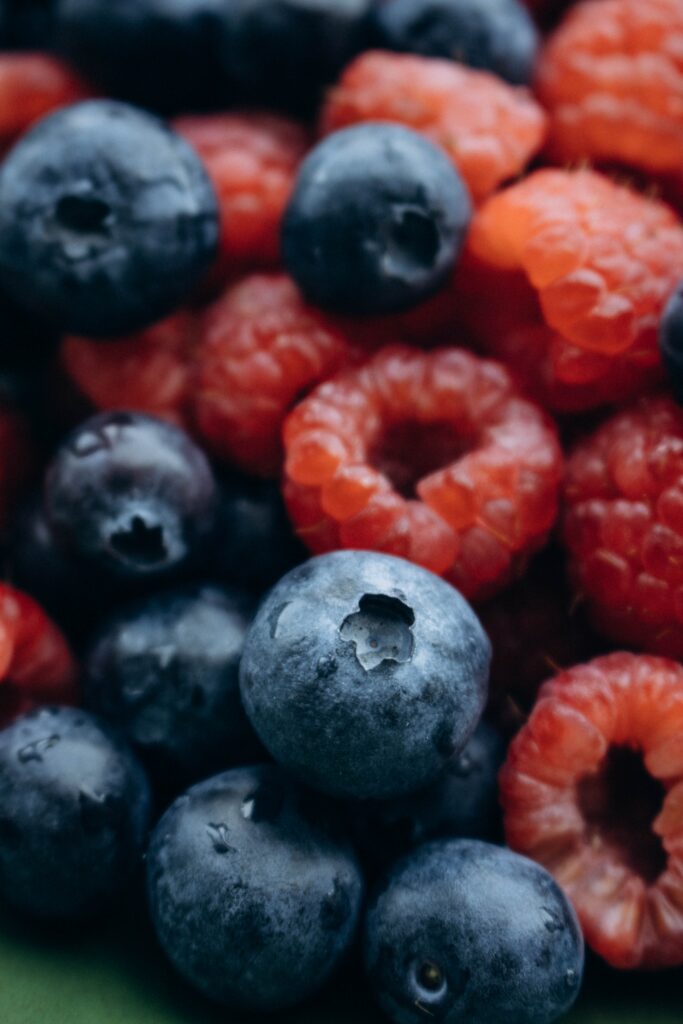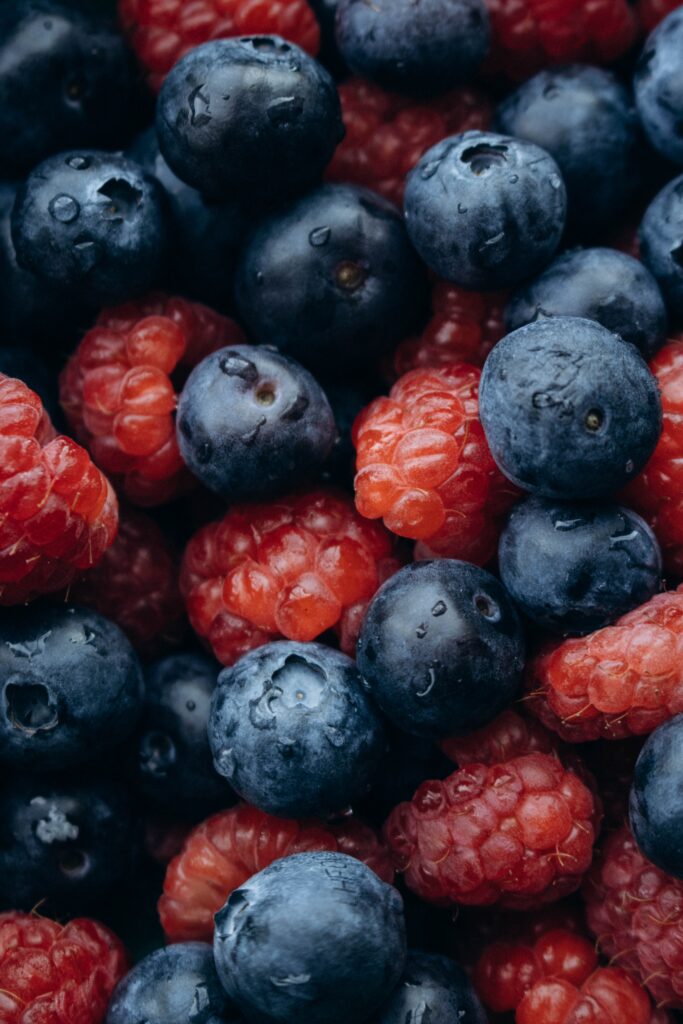Imagine stepping into a world filled with enchanting fragrances, where every scent has its own story to tell. In this article, we will unveil the captivating process of how incense scents are expertly mixed. From the delicate balance of ingredients to the meticulous blending techniques, you will discover the artistry behind creating these aromatic wonders. Brace yourself for a sensory journey that will leave you craving for more knowledge about the mesmerizing world of incense.

Selection of Primary Ingredients
Choosing the Base Material
When it comes to creating a captivating and long-lasting incense scent, selecting the right base material is crucial. The base material provides a foundation for the fragrance notes and helps to carry the scent throughout the burning process. Some popular base materials for incense include wood powders, resins, and herbs. The choice of base material depends on the desired scent profile and the type of incense being created.
Selecting the Resins and Essential Oils
Resins and essential oils are key ingredients that give incense its unique aroma. Resins, such as frankincense or myrrh, add depth and complexity to the scent, while essential oils, such as lavender or patchouli, bring in specific notes and contribute to the overall fragrance. When selecting these ingredients, it’s important to consider their quality, purity, and compatibility with the base material. Experimenting with different combinations of resins and essential oils can lead to the creation of truly enchanting scents.
Understanding Fragrance Notes
Top Notes
Top notes are the initial impressions of an incense scent and are responsible for grabbing your attention when you first smell it. These notes are typically light, fresh, and evanescent, providing an immediate burst of fragrance. Examples of top notes include citrus fruits, herbs like basil or peppermint, and light floral scents like bergamot or jasmine. While top notes are appealing, they tend to dissipate quickly.
Middle Notes
Middle notes, also known as heart notes, appear once the top notes have faded. They form the body of the incense scent and have a lasting presence. Middle notes can be rich, floral, or woody, adding complexity and character to the overall fragrance. Examples of middle notes include rose, ylang-ylang, sandalwood, or cedarwood. These notes are often the most noticeable and contribute to the overall theme or mood of the incense.
Base Notes
Base notes are the foundation of an incense scent and provide depth and longevity. These notes emerge after the top and middle notes have dissipated and can linger on the skin or in the air for hours. Base notes are typically warm, earthy, and sensual, offering a solid grounding to the fragrance. Common base notes include vanilla, amber, musk, and various woody scents like patchouli or vetiver. They add richness and complexity to the overall aroma and help the incense scent last longer.
Maceration and Fermentation
Maceration Process
The maceration process is a common technique used to extract scents from botanical materials. It involves soaking the desired ingredients in a solvent, such as alcohol or oil, to extract their aromatic compounds. During maceration, the volatile compounds present in the ingredients are released and dissolved into the solvent, creating a fragrant solution. This process allows the scents to blend and harmonize, resulting in a more balanced and cohesive aroma.
Fermentation Process
Fermentation is a natural process that occurs when microorganisms, such as bacteria or yeast, break down organic matter. In the context of incense scent mixing, fermentation is often used to enhance the aroma and transform the base materials. For example, fermenting certain woods or resins can deepen their scent and add complexity. This process can take weeks or even months, but it can yield remarkable results by creating unique and captivating fragrances.
Blending Techniques
Layering Method
The layering method involves adding individual fragrance notes one layer at a time to create a complex scent profile. Each layer is carefully blended and allowed to settle before adding the next note. This technique allows for precise control over the composition and enables the development of intricate and well-balanced incense scents.
Gradual Mixing Method
The gradual mixing method involves combining multiple fragrance components simultaneously but gradually increasing the proportion of each ingredient over time. This method allows the scents to meld together smoothly and naturally, resulting in a cohesive aroma. It is a versatile technique that can be used to create various scent profiles, from delicate and subtle to bold and intense.
Direct Mixing Method
The direct mixing method is a more straightforward approach where all the fragrance components are combined at once. This method is ideal for creating simple and straightforward scent compositions. It is often used when working with a limited range of ingredients or when a specific scent profile is desired.

Alcohol-Based Perfumes
Use of Ethanol as a Solvent
Ethanol, also known as pure alcohol, is a common solvent used in alcohol-based perfumes. It efficiently extracts and preserves the aromatic compounds from the botanical ingredients, allowing for a well-rounded and long-lasting fragrance. Ethanol evaporates quickly, releasing the scent into the air, and it also acts as a preservative, helping to extend the shelf life of the perfume.
Infusing Alcohol with Scents
To create an alcohol-based perfume, the selected base material, resins, and essential oils are blended with ethanol. The ingredients are combined and left to macerate, allowing the alcohol to absorb the scents and develop the desired fragrance profile. This mixture is then filtered to remove any solid particles and achieve a clear and refined final product.
Water-Based Perfumes
Advantages of Water-Based Perfumes
Water-based perfumes offer an alternative to alcohol-based options. They are often preferred by those with sensitive skin or allergies to alcohol. Water-based perfumes provide a lighter and more subtle scent, making them suitable for everyday wear. Additionally, they tend to be less drying on the skin and may have additional moisturizing benefits.
Steeping Scents in Water
Creating a water-based perfume involves steeping the desired botanical ingredients in distilled water. The mixture is left to infuse for an extended period, allowing the water to absorb the scents and develop the fragrance. While water-based perfumes may have a shorter shelf life compared to their alcohol-based counterparts, they are a popular choice for those seeking a gentler and more subtle scent experience.

Solid Perfumes
Coconut Oil Base
Solid perfumes are another option for those who prefer a more tactile and portable fragrance experience. A common base for solid perfumes is coconut oil, known for its smooth texture and skin-nourishing properties. Coconut oil not only helps hold the scent but also moisturizes the skin, leaving it feeling soft and smooth.
Beeswax Base
Beeswax is another popular choice for solid perfume bases. It provides a firmer texture and longer-lasting scent compared to other bases. Beeswax also has natural protective properties, helping to seal in moisture and protect the skin from external elements. The combination of beeswax and fragrance creates a solid perfume that can be conveniently applied and re-applied as desired.
Shea Butter Base
Shea butter, derived from the nuts of the shea tree, is often used as a base for solid perfumes. It has a luxurious and creamy texture that melts upon contact with the skin, allowing the fragrance to be easily absorbed. Shea butter is deeply moisturizing and nourishing, making it an excellent choice for those looking for a more indulgent perfume experience.
Adding Special Ingredients
Natural or Synthetic Fixatives
Fixatives are ingredients that help the scent last longer on the skin or in the air. Natural fixatives, such as benzoin resin or oakmoss, can help enhance the longevity and complexity of the fragrance. Synthetic fixatives, like musk or ambroxan, mimic the scent of natural animal-derived fixatives and can contribute to the overall longevity and stability of the perfume.
Colorants and Decorative Elements
Adding colorants to perfumes can create visual appeal and enhance the overall sensory experience. Natural colorants, such as beetroot powder or turmeric, can be used to achieve subtle hues. Decorative elements, such as dried flowers or herbs, can also be added to the final product to create a visually stunning presentation.

Maturation and Aging
Allowing the Scent to Mature
After the initial blending, it is important to allow the incense scent to mature and develop its full potential. This process, known as maturation, involves storing the incense in a controlled environment for a certain period of time. During maturation, the fragrance notes continue to blend and harmonize, resulting in a more balanced and refined scent.
Long-Term Aging of the Incense
For some types of incense, long-term aging can greatly enhance the scent and quality. Aging allows the fragrance to deepen and mature even further, resulting in a more complex and sophisticated aroma. This process can take months or even years, but the end result is a unique and captivating incense that has had time to reach its full potential.
Quality Control and Testing
Sensory Evaluation
Sensory evaluation is an essential part of the quality control process for incense scents. Experienced evaluators carefully assess the fragrance notes, strength, and overall character of the incense to ensure it meets the desired specifications. This evaluation may involve multiple rounds of testing and adjustments to achieve the desired scent profile.
Lab Testing
In addition to sensory evaluation, lab testing can provide objective data on the quality and stability of incense scents. This testing can include analysis of the volatile compounds present in the incense and their concentrations, as well as tests for potential contaminants or impurities. Lab testing helps ensure the safety and consistency of the final product.
Consumer Feedback
Consumer feedback plays a vital role in the development and improvement of incense scents. Gathering feedback from those who use the incense allows for insights into how the scent is perceived, its longevity, and overall satisfaction. This feedback can help guide future scent development, ensuring that the scents created appeal to a wide range of preferences and meet the needs of consumers.
In conclusion, mixing incense scents is a creative and intricate process that involves carefully selecting primary ingredients, understanding fragrance notes, experimenting with blending techniques, and considering various base materials. Whether creating alcohol-based, water-based, or solid perfumes, each method offers unique advantages and requires specific techniques. Adding special ingredients, allowing the scent to mature through maturation and aging, and conducting quality control and testing ensure that the final product is of superior quality. By combining artistry, science, and consumer feedback, incense scent mixing can create captivating fragrances that delight the senses.
